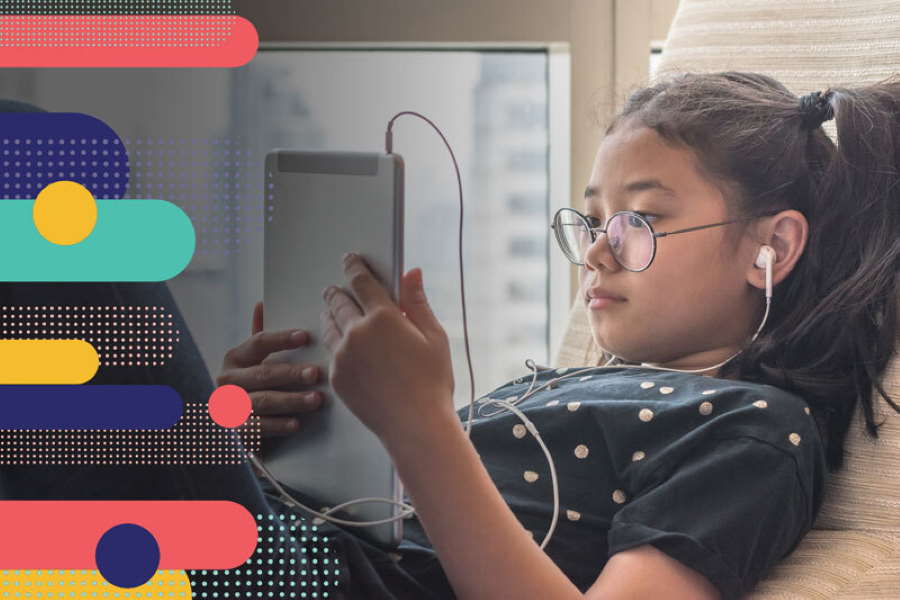Using the mobile language-learning app Duolingo as an example, blended and personalized learning expert Julie Mason provides a framework for offering your students an engaging, impactful, and learner-centered remote learning experience.

When we provide students with opportunities for voice, choice, and ownership over their learning, they are more engaged. Learning is no longer a result of compliance, but a collaborative process. Because engaging students online can be more challenging than in a traditional classroom, it is important that teachers plan online instruction with students at the center. The first step is identifying your "Why." What do you want students to learn? Next, identify your "What." What tool will students use to learn? Finally, name your "How." How will students use this tool systematically so they can "own" their learning process?
In this blog post brought to you by Duolingo, I will model a planning process using their app. Duolingo is a powerful tool for supporting students in learning a foreign language. Duolingo offers 94 different language courses - all courses, lessons, and levels are free. This tool is available for download on mobile devices, and can also be used on the web. With bite-sized lessons, tips, and engaging stories, it works well for asynchronous online instruction.
Voice
Why: Students thrive in learning environments where they are encouraged to give and get feedback. When students have a voice, they are agents of change and collaboration in their learning environment.
What: Students will use the “Glows and Grows” feedback strategy to give feedback on their learning experience using Duolingo.
How: They will share their feedback with their teacher and their peers (a great tool to document this is Padlet). Their teacher will act on their feedback in order to make decisions about how students can get the most out of this tool.
Choice
Why: Students are motivated to practice learning a foreign language online when they have a lot of freedom in how they choose to learn. When students make decisions about what, when, and how they learn, they are invested and engaged in learning.
What: Students will use Duolingo. They will have a choice board with different ways they can use Duolingo to practice the language they are learning.
How: The choice board will include six different ways students can use Duolingo. Some ideas include:
- Complete a new lesson
- Practice and level up your skills
- Learn language tips
- Read and listen to interactive stories
- Listen to the Duolingo podcast
- Answer study questions from a Duolingo podcast
Ownership
Why: We can empower students to take ownership and agency over their learning process. In order to get there, we need to start with compliance, build understanding, and ultimately, transfer ownership to students.
What: Develop systems using Duolingo that students will use to practice and learn a foreign language.
How: First, teach students how to use Duolingo. Consider creating a Duolingo Scavenger hunt to help students learn the tool’s features and how it works. You can also model the process by sharing your screen, and using a free tool like Loom or Screencastify to create a video of how you use Duolingo. Next, give students the task to create a “how to” guide for using Duolingo that demonstrates their understanding of the tool. Students can write it out, make a video, or even record their own podcast explaining how to use Duolingo. Lastly, use Duolingo consistently so that it becomes a system for learning language. Some ideas for how to use Duolingo systematically include:
- Foreign Language Fridays
- Daily Warm-Ups
- Extension for early finishers
- Choice board option
There is no question that engaging our students when they aren’t in the classroom with us is challenging. It is also an opportunity. Using this planning process, and tools like Duolingo, we can provide voice, choice, and ownership in online learning.
Julie Mason is a blended and personalized learning instructional coach. A former middle and high school English teacher, she now works 1:1 with teachers and facilitates virtual and in-person professional development. She also writes educational content for a variety of publications, including TeacherVision, where she oversees the blog and the advisory board.










